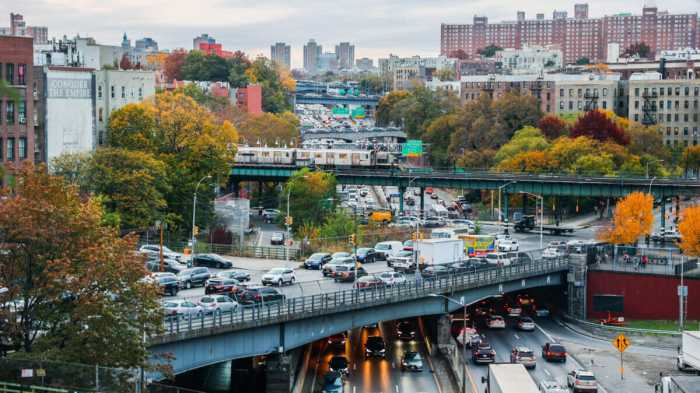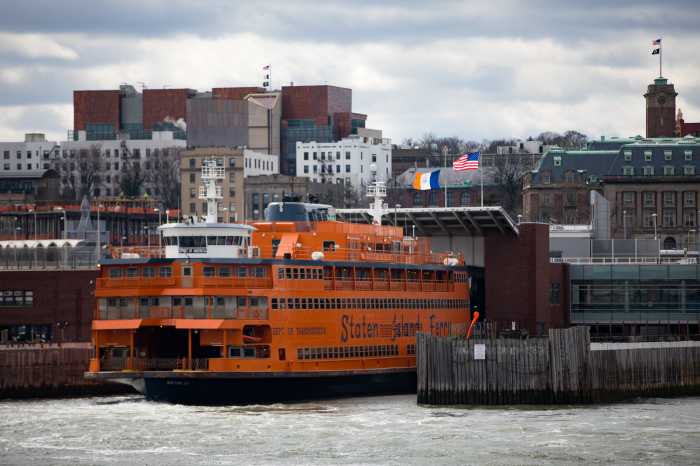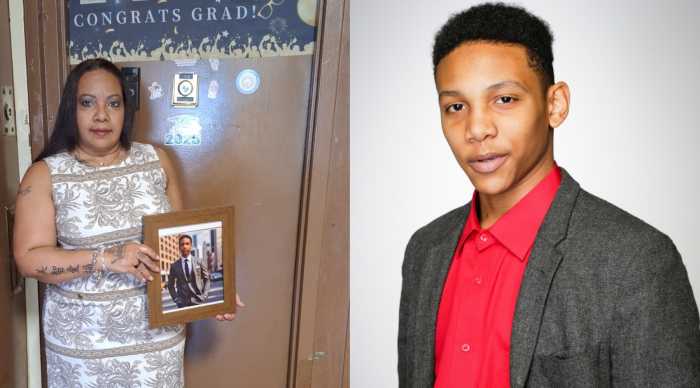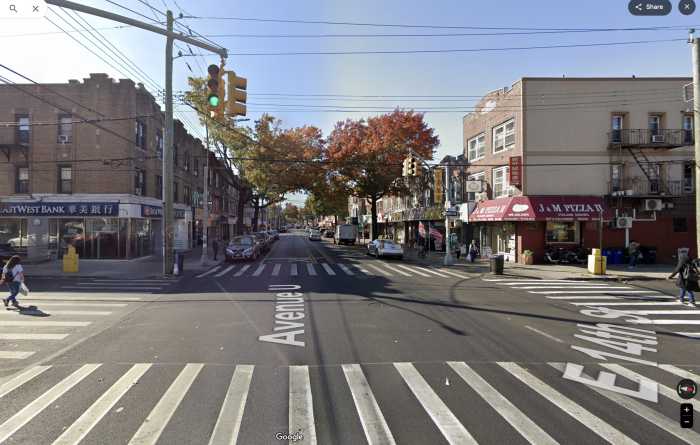
When folklore became fact, there were 48,200 people to bear witness.
That’s the approximate number of curious commuters who ventured down into the three new Second Avenue subway stations for their opening Sunday, according to the MTA, during the brief window of service on New Year’s Day between noon and 10 p.m.
“My train car was packed—and it’s never that full on the weekend,” said Asif Ali, the train operator who made history by taking the first northbound Q train under Second Avenue. His cars were full of hooting passengers. “They were excited; we were all really excited that it’s finally here.”
Many more visitors buzzed in the stations Monday before the first work week rush hour begins Tuesday morning. It was impossible to walk on mezzanines without interrupting photographs of the featured artworks from Vik Muniz, Chuck Close and other New Yorkers.
“It’s wonderful that there is such great art — and progressive art — here that you just wouldn’t have gotten if this was a private-sector job,” said Rachel Conrad, who tripped to the 96th Street station on Monday from her home in Crown Heights. She said she always thought of the line as more of an urban legend than a realistic goal.
Madeline Rogers, a writer and editor from the Upper West Side, said that the line had instilled some level of confidence in government.
“It’s nice not only to see something get done, but see something get done right,” she said as she toured a station Monday.
The MTA expects 200,000 daily riders at the stations once 24-hour service launches. Trains are currently running between 6 a.m. and 10 p.m. until Jan. 8 to allow for the agency to complete elevator and escalator tests.
The three new stations and additional two miles of track came at a $4.5 billion price tag, which some experts believe to be the most expensive subway project ever built. Others emphasize that the line will have a substantial impact on the subway system. The three new stations will take Q train commuters on a one seat ride to several transit hubs on the way to the Coney Island terminus.
“It’s a great option for Upper East Siders,” said Andrew Albert, an MTA board member. “It’s going to really change people’s travel patterns.”





































